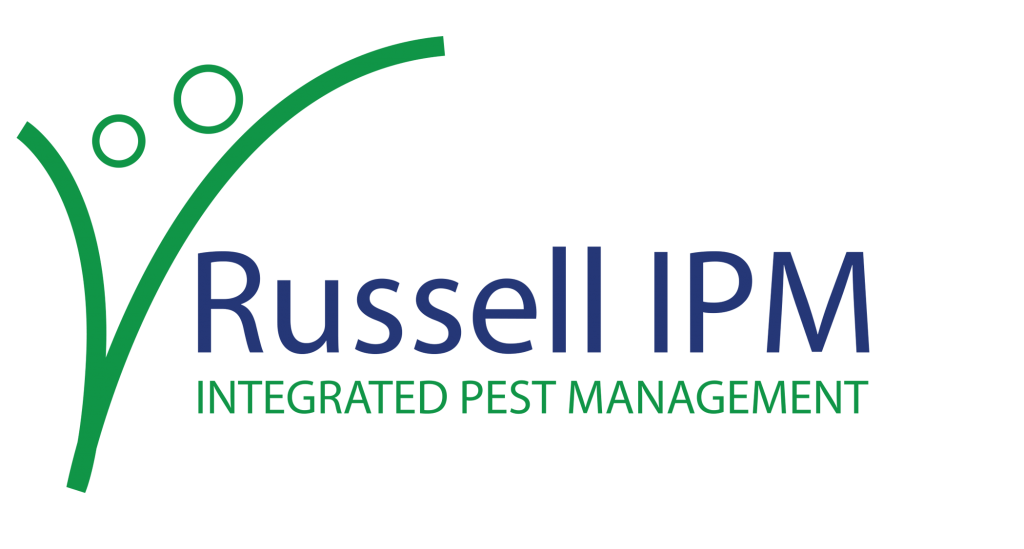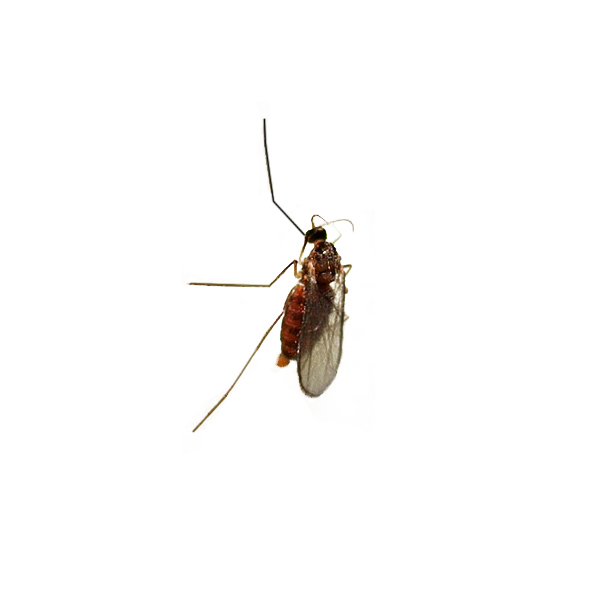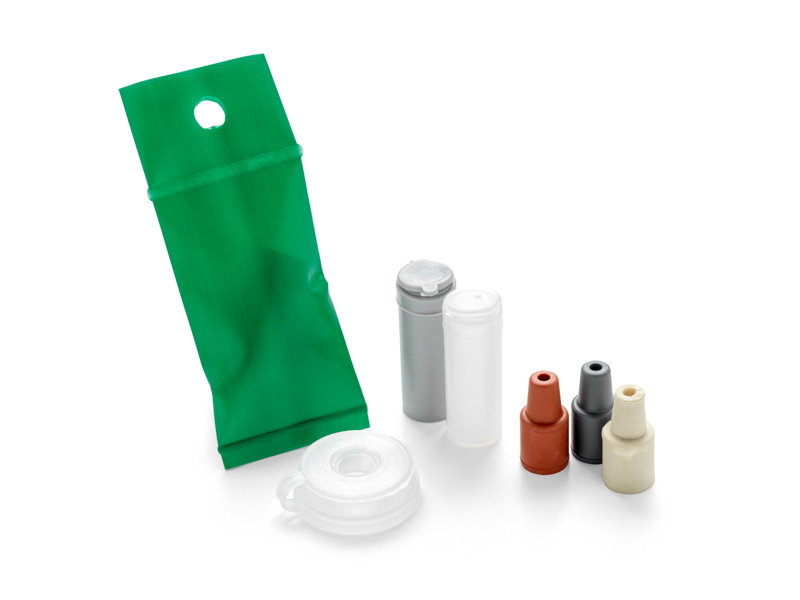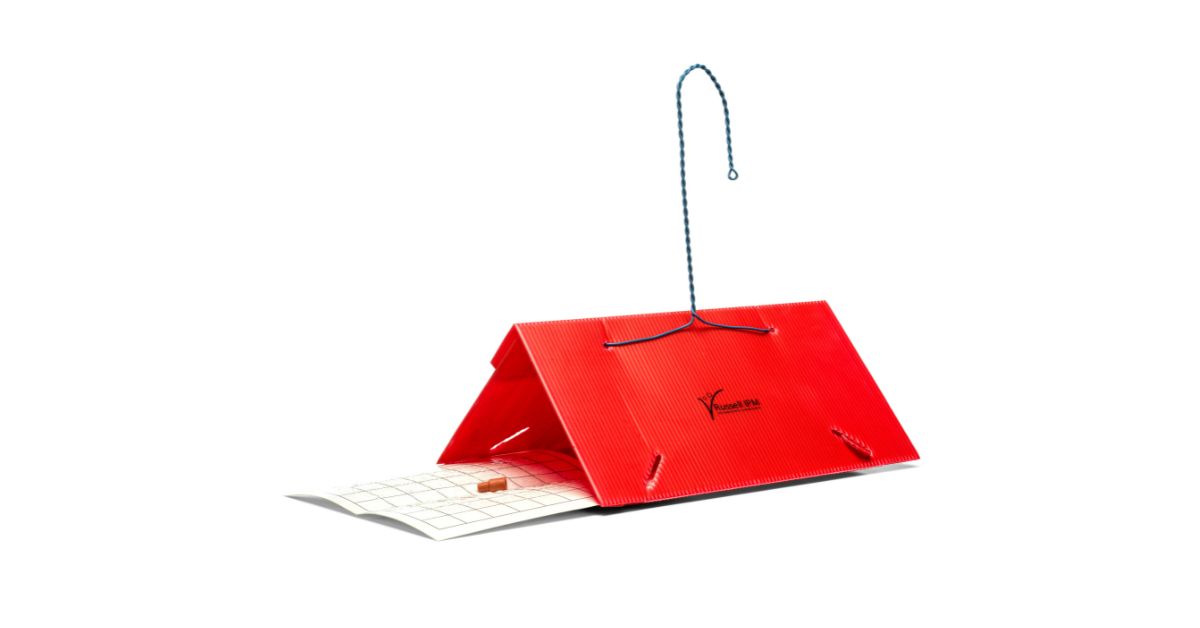Biology
Adult: a small mosquito-like fly, approximately 2-3 mm long, dark brown- black in colour. Females possess a reddish abdomen and the males do not.
Eggs: eggs are light pink to orange in colour and elliptical in shape
Larvae: the larvae begin cream to pale-yellow in colour then become orange-red over their development. They are described as small legless maggots reaching 1.5- 2.5 mm in length.
Pupa: the pupa can usually be found within the soil under the damaged trees. The pupa re light-orange in colour inside silk cocoons.
The apple leaf curling midge is capable of producing 3-4 generations per year.
Nature of Damage
The apple leaf curling midge larvae inflicts damage by feeding on the growing shoots of apple trees. This feeding causes rolling and gall-like thickening of the developing leaves. In some cases, the growing point can be killed. This in turn causes branching or stunting of the terminal shoots. The apple leaf curling midge is more likely to cause significant damage in tree nurseries or in young trees.




